SHANTI PANCHAL ON HIS ART JOURNEY AND NEW PUBLIC WORK
Venture into Brixton tube station in London and you will see a stunning piece of art by Shanti Panchal.
The magnificent mural titled Endurance is a beautiful reproduction of a large-scale water colour artwork about the power of community, represented through diverse scenes of Londoners.
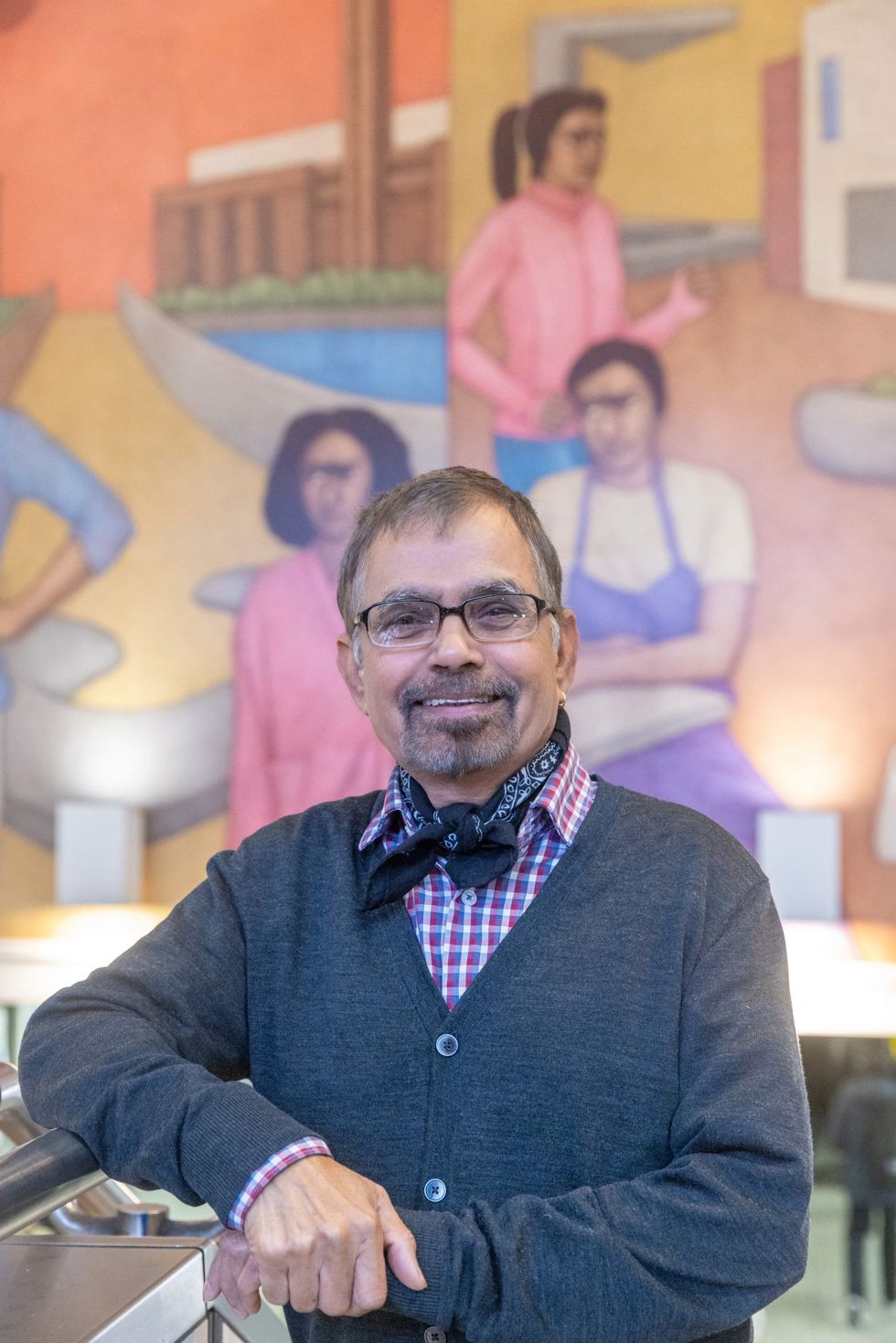
His first public artwork since 1993, on view for one year, was produced across six months and illustrates the vibrancy of cultural life in Brixton. The colourful piece of work adds to the meaningful work Panchal has done across the decades, which has been seen in private and public collections, including The British Museum, Walker Art Gallery, The Imperial War Museum, and The Ruth Borchard Self-Portrait collection.
Eastern Eye caught up with the multi-award-winning London-based artist, closely connected to his Indian roots, to discuss his striking new work. He also spoke about his journey, art hero, and inspirations.
You have had a long and distinguished career. What first connected you to art?
I was connected to art in the village that I grew up in – the earthen pots that my mother used to make, and how the mud wall houses were decorated during Diwali, and wedding celebrations.
What has been your most memorable moment as an artist?
It is probably winning the 2015 Ruth Borchard Self-Portrait prize. The painting that won was related to losing my studio that same year, which was very traumatic, so winning the prize was memorable.
It is probably difficult to choose, but which of your many works is closest to your heart?
Boys Return From Helmand, 2010. It is a figurative painting from when my two boys returned from the war in Afghanistan. I was really moved by their return when so many young men didn’t come back. This painting is now part of the Imperial War Museum’s collection.
What led towards your artwork being featured at Brixton Underground station?
The Brixton Mural series is part of Transport for London’s Art on the Underground programme and involves a large-scale artwork site. Having done a large mural in East London as part of London council’s anti-racist mural programme in 1985, the curators invited me to create new artwork for this space. It aims to respond to the diverse narratives of the local murals painted in the 1980s, and the wider social and political history of
mural-making.
Tell us about the work?
Endurance is a watercolour of a community portrait that observes our continued resilience and interdependency. Three scenes of Londoners are shown, including an artist, NHS worker, and waiter. In the background are buildings, statues and open public space that draw on the Brixton neighbourhood and beyond. The architecture behind the figures are places that celebrate and commemorate those we have lost, but also where we rebuild anew. These include the Black Cultural Archives, Tate Modern, The African and Caribbean War Memorial, and the Cherry Groce Memorial Pavilion in Windrush Square.
Is there a message you want to convey through the work?
The title Endurance is self-explanatory in a way. We have suffered so much over the last few years, and it is the resilience of Londoners that gives us hope.
How do you feel being part of Transport for London’s Art on the Underground?
Fantastic! London is a huge part of my life and so working with TFL and Londoners like this is like expanding my family. It has been an exciting experience – painting for six months and exploring Brixton’s history, art, and culture. I wanted to celebrate its vibrant cultural life. The resilience and healing powers of people have always found a way to overcome adversities. The mural tells a story of each community, facing present challenges and looking forward to the future.
What inspires you as an artist?
I’m interested in supporting and encouraging young people through new and creative ways, and helping them to believe in themselves when things get difficult.
Who is your own hero in art?
So many! I love the spiritual content of William Blake’s work; I find it so powerful and inspiring, especially his profound imagination about heaven and earth. Without imagination, I think a human being is nothing – the reality of life is very hard, and imagination helps you to escape.
What can we expect next from you?
My whole purpose of practising art is to create works that challenge and touch people through mind, body, and spirit. My process is long and meditative, and constantly reflects my own life and time in society, so we’ll have to see.
www.shantipanchal.com






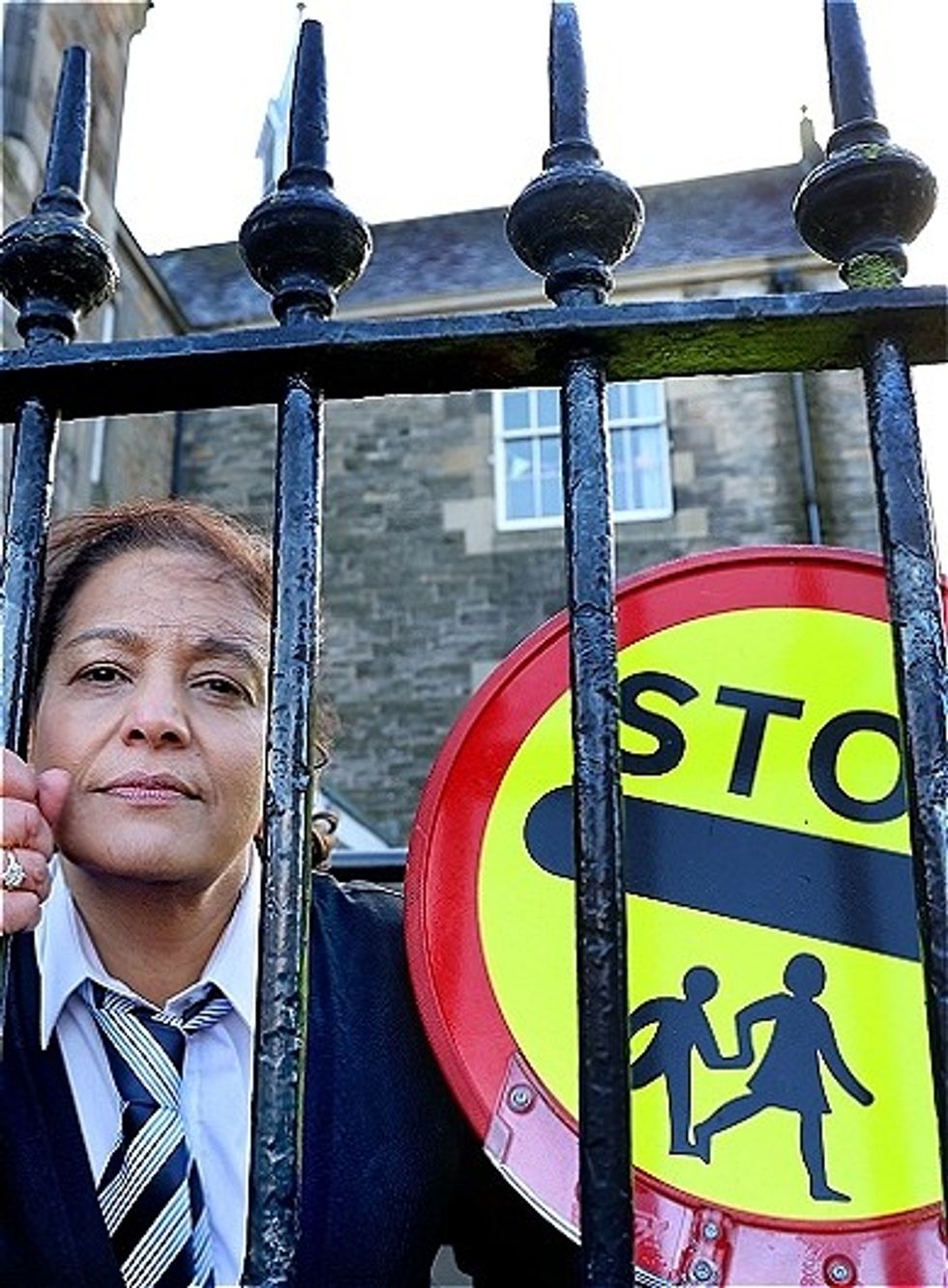 Lunchbox is a powerful one-woman show that tackles themes of identity, race, bullying and belongingInstagram/ lubnakerr
Lunchbox is a powerful one-woman show that tackles themes of identity, race, bullying and belongingInstagram/ lubnakerr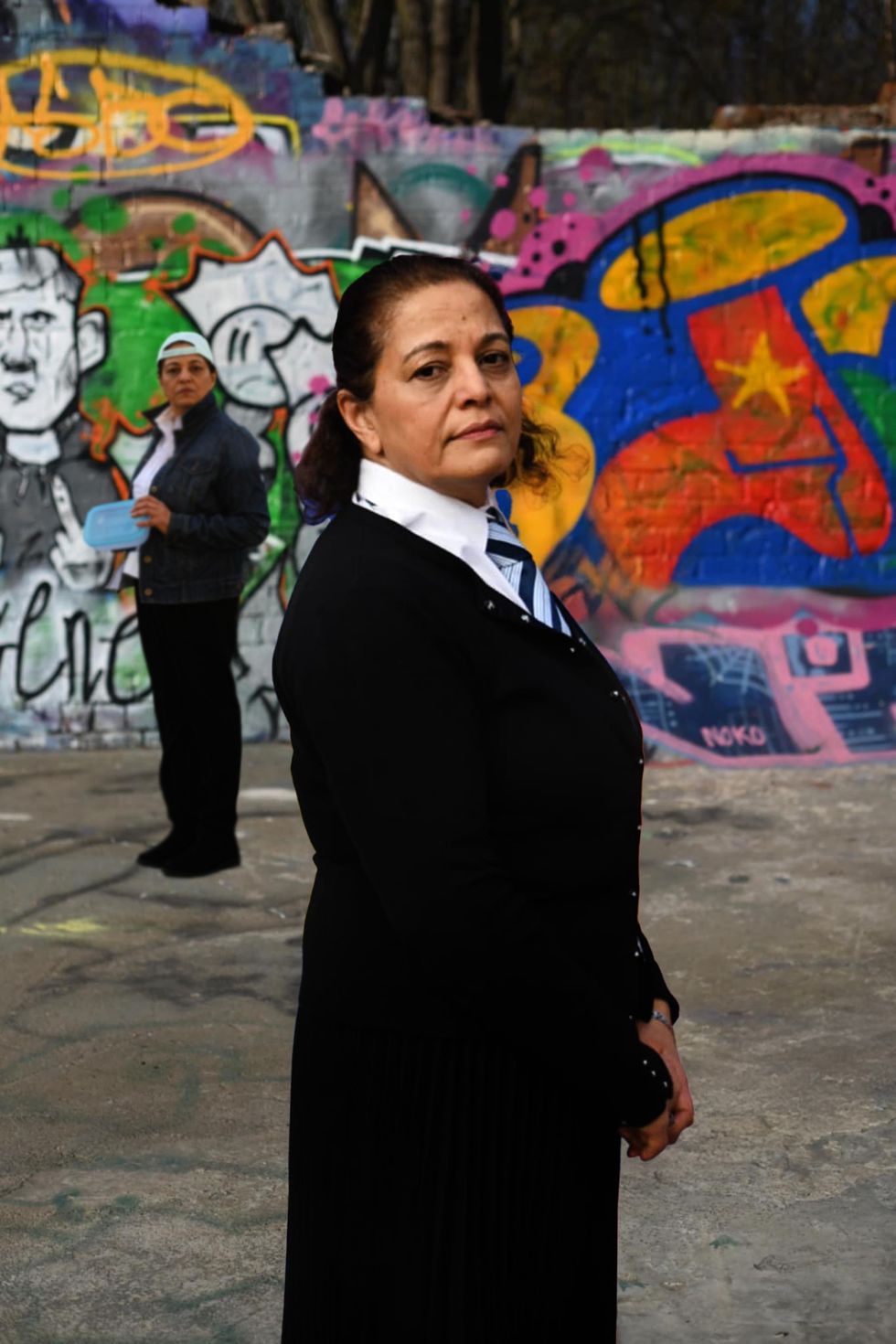 She says, ''do not assume you know what is going on in people’s lives behind closed doors''Instagram/ lubnakerr
She says, ''do not assume you know what is going on in people’s lives behind closed doors''Instagram/ lubnakerr








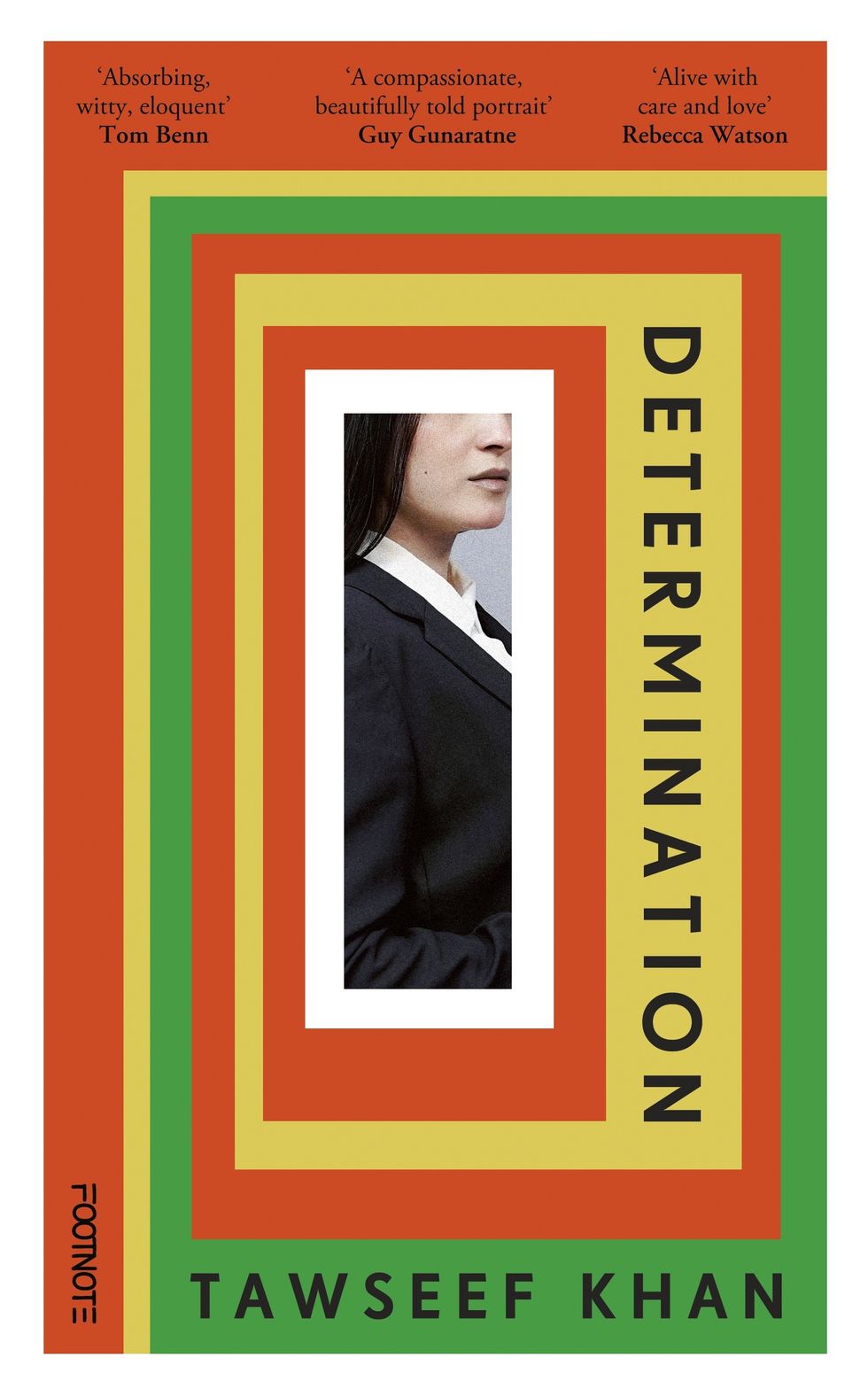 He says "immigrants are the lifeblood of this country"Instagram/ itsmetawseef
He says "immigrants are the lifeblood of this country"Instagram/ itsmetawseef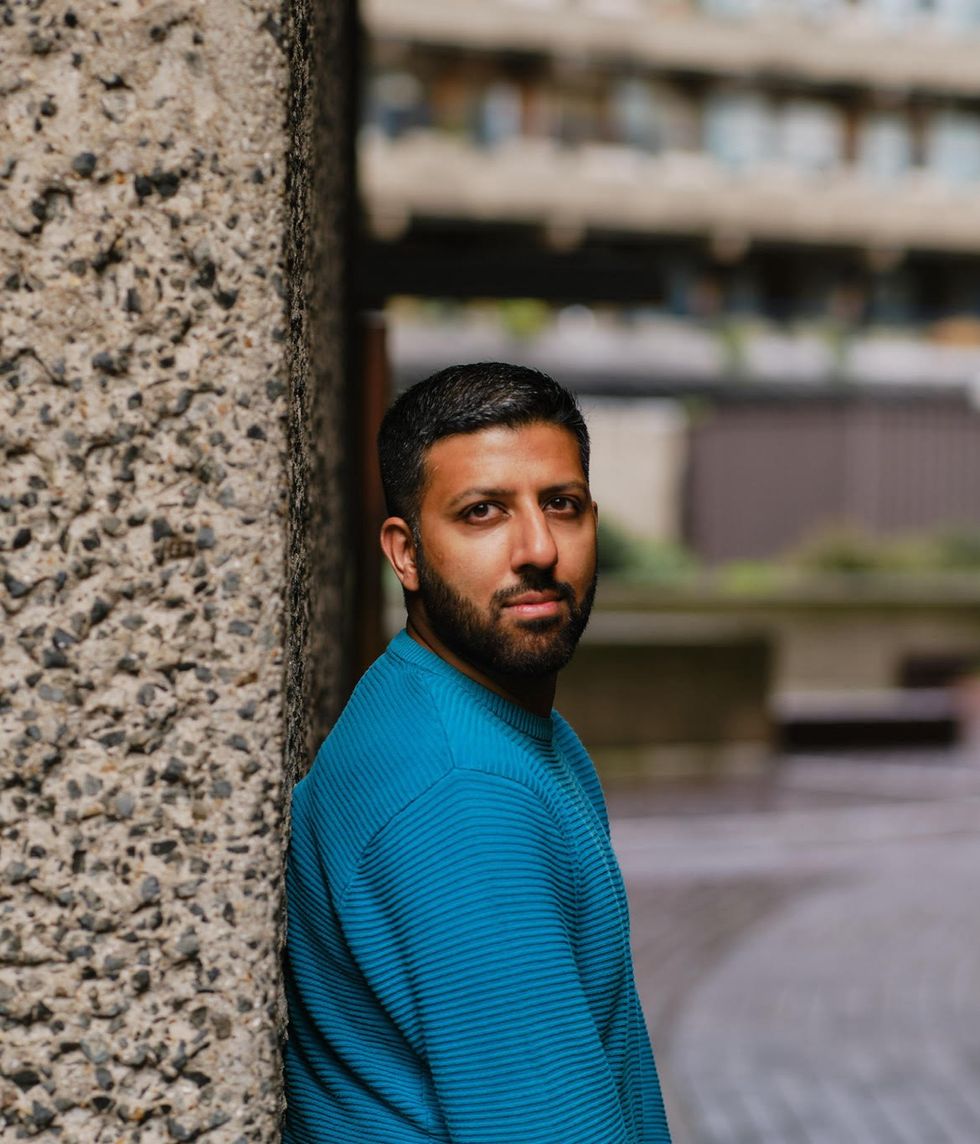 This book is, in a way, a love letter to how they raised meInstagram/ itsmetawseef
This book is, in a way, a love letter to how they raised meInstagram/ itsmetawseef
 The crew of The Ministry of Lesbian Affairs
The crew of The Ministry of Lesbian Affairs
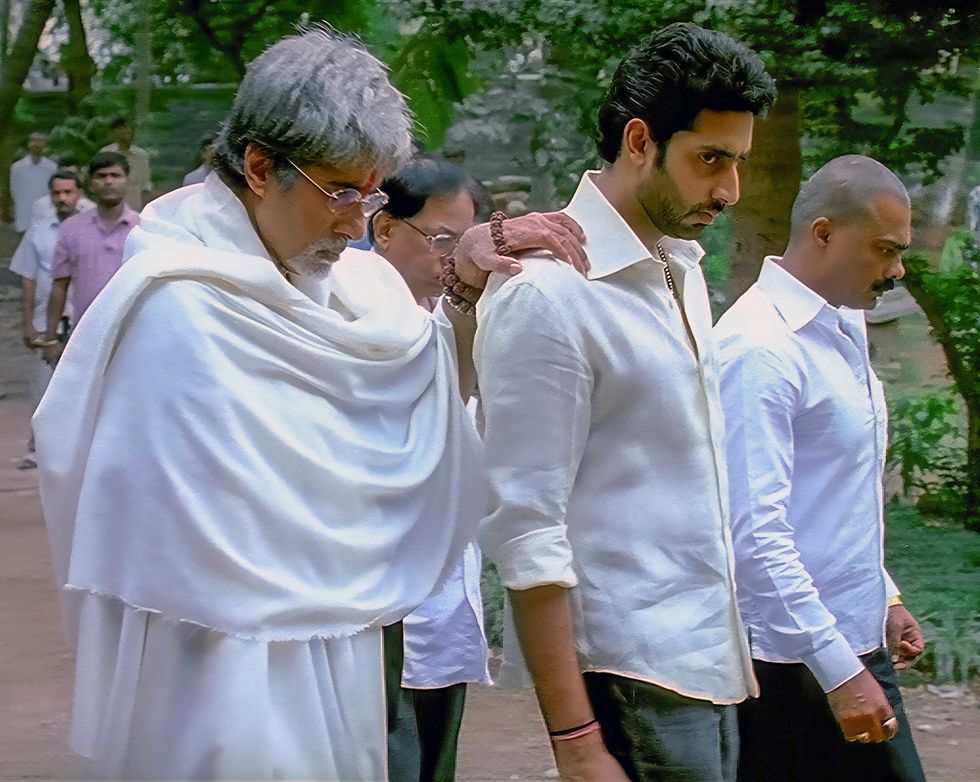 A still from Sarkar, inspired by 'The Godfather' and rooted in Indian politicsIndia Glitz
A still from Sarkar, inspired by 'The Godfather' and rooted in Indian politicsIndia Glitz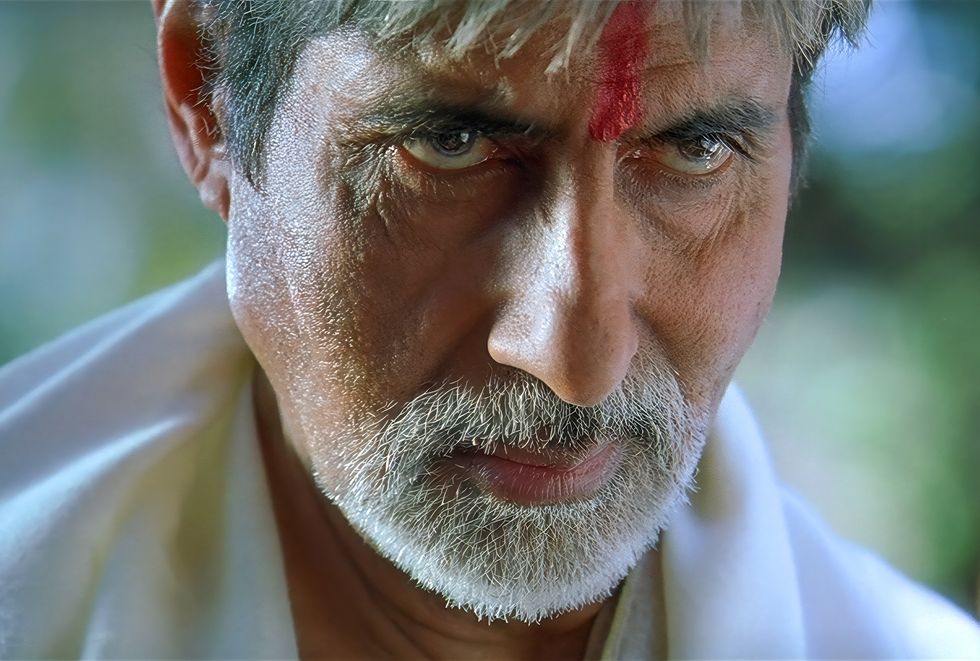 Sarkar became a landmark gangster film in Indian cinemaIndia Glitz
Sarkar became a landmark gangster film in Indian cinemaIndia Glitz The film introduced a uniquely Indian take on the mafia genreRotten Tomatoes
The film introduced a uniquely Indian take on the mafia genreRotten Tomatoes Set in Mumbai, Sarkar portrayed the dark world of parallel justiceRotten Tomatoes
Set in Mumbai, Sarkar portrayed the dark world of parallel justiceRotten Tomatoes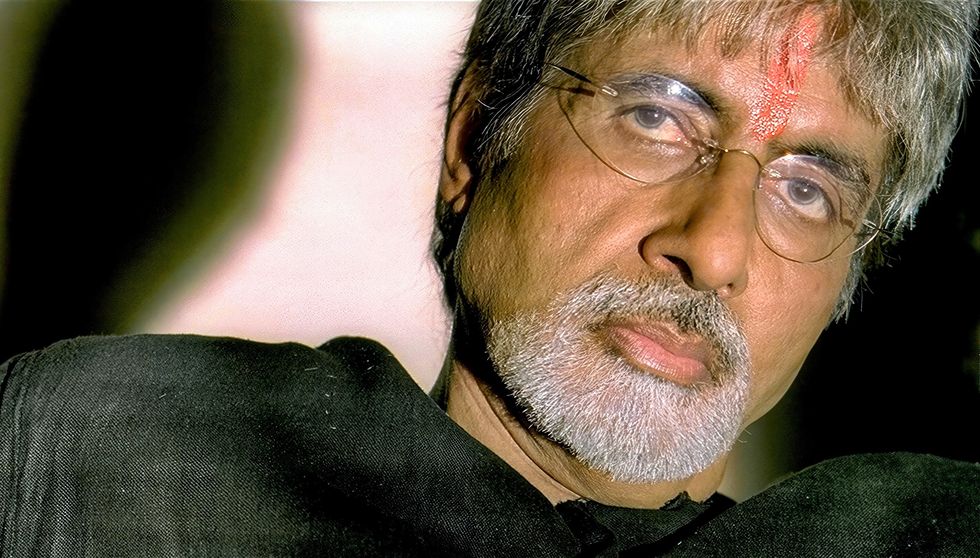 Ram Gopal Varma’s Sarkar marked 20 years of influence and acclaimIMDb
Ram Gopal Varma’s Sarkar marked 20 years of influence and acclaimIMDb
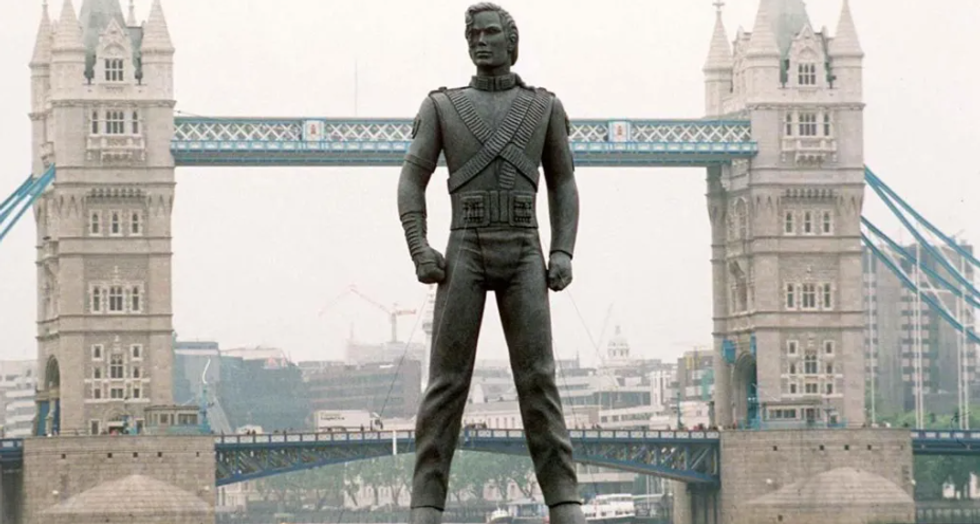 The statues were the product of a transatlantic effortGetty Iamges
The statues were the product of a transatlantic effortGetty Iamges